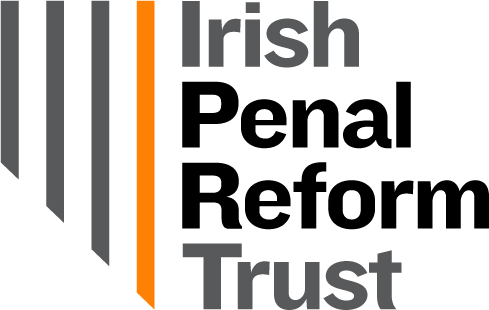UK: The Cost of Prison Suicide
3rd March 2016
The emotional costs of a prison suicide are profound, and can be devastating for all those involved. However, in this though-provoking brief the Howard League for Penal Reform (HLPR) take a look at the likely economic impacts of a prison suicide and suggest that investing in suicide prevention in prisons, as well as being key to promoting mental wellbeing among prisoners, will likely produce significant economic benefits too.
Prisoners are at a substantially higher-risk for attempting suicide, both on entry to prison and after release, when compared to the general population. UK data, for example, suggests prisoners on remand are 7.5 times more likely to attempt suicide than the general population, while sentenced prisoners are six times more likely. The brief explains that the first few weeks in prison are a time of particularly high-risk for prisoners, with one-fifth of prison suicides occurring within the first seven days of imprisonment and two-fifths occurring within the first month.
In the brief, the focus is on exploring the monetary costs associated with deaths in custody, but the HLPR are keen to point out the primacy of the emotional costs and suffering when considering a death:
“The impact of a self-inflicted death in custody is profound for the family, for prisoners, for prison staff and for all those who knew the individual who died. The human costs of any self-inflicted death are intangible yet far-reaching. This is even more true of a death in custody. The costs include pain, grief and suffering and lost quality of life”.
In public health however, researchers have also started to consider the monetary costs of suicide and monetary benefits of prevention, to see if an economic case can be made for investing in suicide prevention. To date though, there has been no published research on this topic as it relates to suicides in prison. The research brief then, makes a start at bridging that gap in the UK at least.
The HLPR explain that the average cost of a suicide in the general population is approximately £1.67 million per suicide. And while the average cost of a suicide in prison is unknown, it’s likely to be considerably higher than that in the community. For instance, in the twelve months to September 2015, 95 people in prison in the UK took their own life. When taking into consideration the financial impact on staffing costs and on the financial resources of other outside agencies who are involved, the cost of these suicides is estimated to have been between £160 million at a minimum, and possibly even as high £300 million.
The research brief points out that in Ireland, a 2007 study found that the economic costs of a suicide in the general population were equivalent to nearly 1% of Irelands GDP. But similarly to the UK, there has been no research carried out as yet into the economic impacts of a suicide in prison, although between 2012 and 2014 there were 10 deaths resulting from self-harm in Irish prisons.
Crucially, the HLPR conclude the brief by highlighting that “the economic benefits of holistic investment in suicide prevention and the promotion of mental well-being will produce long term cost savings, not just for the prison service but for other government departments”.
The research brief can be read in full here.
Read More:
- IPRT: Submission to the Cross-Sectoral Group on mental Health and Criminal Justice.
- Inspector of Prisons: Deaths in Custody Reports.




